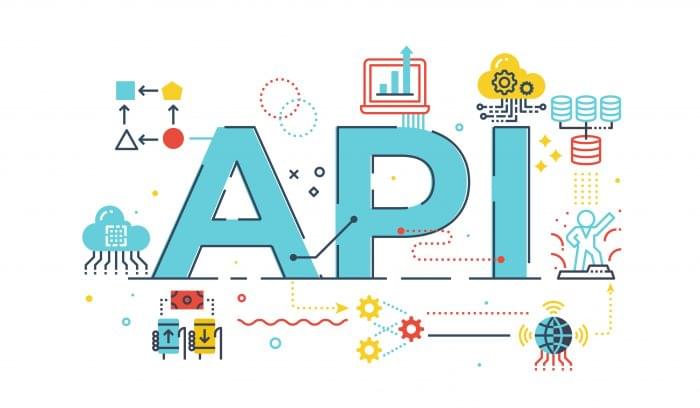Quick summary
- To find the right provider for your API management software, you should start by determining the top features that will be the most valuable to your organization’s needs. Then, by identifying and creating a list of the essential components for your organization’s API management, you can determine which vendors provide software that would suit your organization.
- If you find yourself stuck between two comparable vendors, it may be helpful to read up on user reviews, case studies, and testimonials to give you a better idea of what you can expect from the company’s services.
API management software solutions help organizations build and scale secure API programs that provide value to their business endeavors. While some developers may have the skills and resources necessary to develop APIs without these tools, API management software enables even non-tech-savvy users to create APIs faster with automated and repeatable processes.
ALSO READ: 5 Capabilities an API Management Tool Should Have
API management solutions also provide a plethora of advantages to organizations regarding security and even allow them to analyze APIs in secure environments both before and after deployment. With all of the advantages API management software offers, it’s no wonder so many organizations are utilizing these tools to help them create and manage their API products.
In this article...
Top API Management Software Solutions
- Mulesoft is best for adopting security policies that users can apply across each of their APIs.
- Apigee is best for building RESTful APIs, API proxies, and a customizable API workflow for easy management.
- 3Scale is best for integrated capabilities, which provide more functionality for API development, API gateway configuration, and application building and deployment.
- Fusio is best for open-source API management, enabling users to control their REST API development, monitoring, deployment, and monetization.
- Akana is best for API life cycle management and provides features that help users understand and visualize their APIs and API connections.
- TIBCO Cloud is best for automation and allows organizations to easily gain more value from their APIs through event-driven behaviors.
Mulesoft: Best for API Security
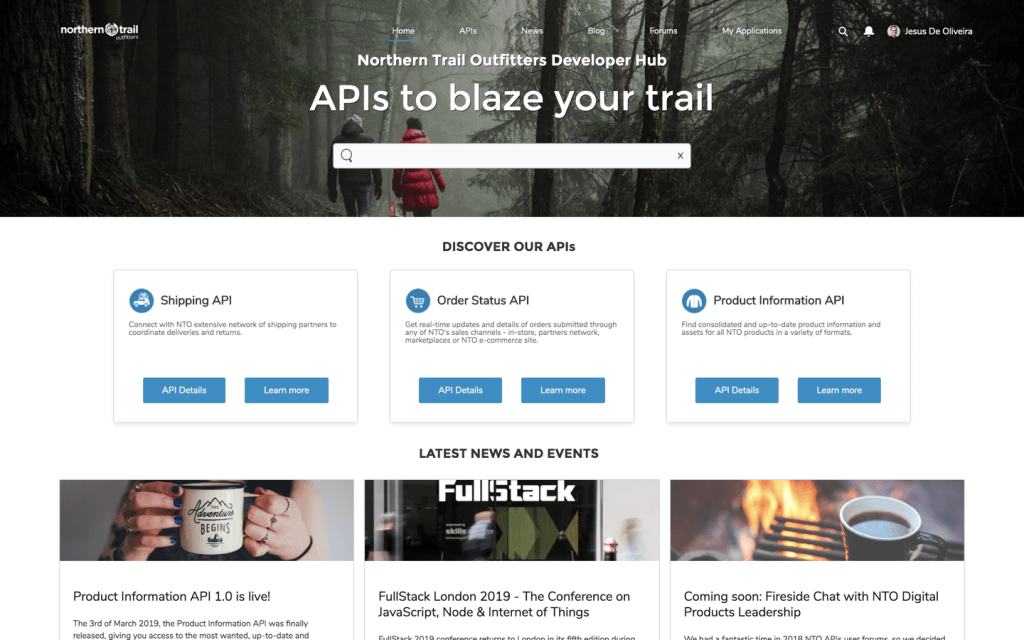
Mulesoft’s Anypoint API Manager helps users develop and control their APIs and microservices with a high-performance API gateway and provides several beneficial security features.
The solution provides security by enabling users to adopt pre-built or custom security policies. They also secure microservices with a service mesh so users can implement zero-trust and apply traffic control policies. An excellent aspect of the software is that users can apply policies across each of their APIs for a consistent management experience.
The solution also allows users to access API data analytics insights, making it easier to determine the best course of action to improve the performance and value of their APIs.
Mulesoft pros
- Valuable insights from API data analytics
- Can build APIs without fluency in programming languages
- Declarative programming practice for easier testing, less errors, and faster development
- Robust features
Mulesoft cons
- Learning curve only supported by minimal documentation
- Nonintuitive UI
- Some unnecessary features for standard API management
- Expensive compared to other API management systems
Mulesoft key features
- Anypoint integrated access management: With Anypoint’s integrated access management, organizations can easily control the access of their software to authorized teams and individuals.
- Anypoint API governance: Anypoint’s API governance lets users maintain the quality and security of their API with self-service tools. This means they can define their design standards by creating control groups, and apply these standards consistently to any API.
Apigee: Best for API building
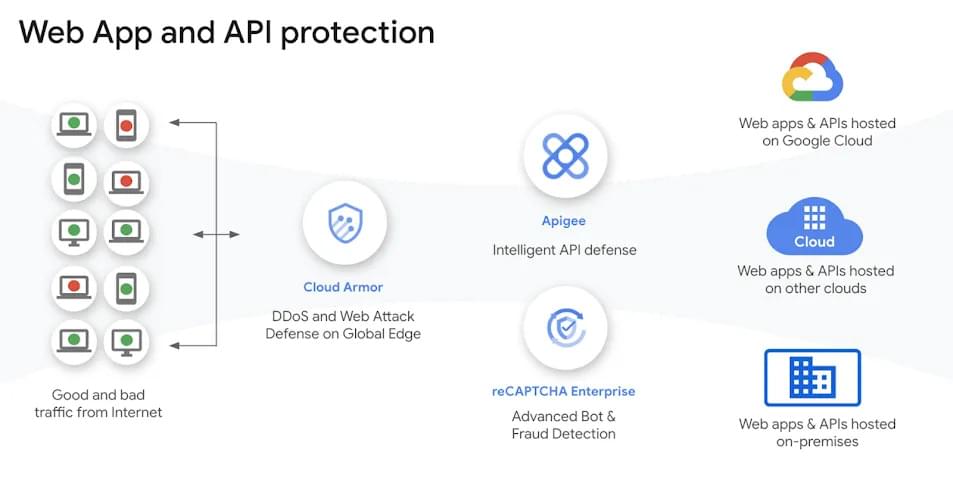
Apigee is a platform that offers various features for API development and management. In addition, users can create and scale their API programs for monetization purposes.
Users can use Apigee to build RESTful APIs and expose APIs directly on Apigee by building API proxies that act as managed ‘facades’ for backend services. With the Apigee platform, users can develop API proxies and generate an API workflow with customizable API settings, policies, and behaviors.
The API proxies are valuable features of Apigee’s API platform. API providers are implemented to expose APIs on Apigee while shielding apps from backend code changes. They decouple the app-facing API from users’ backend services, so if users make backend changes to their services, the applications will continue to call the API without interruption. This makes it easy to manage updates and changes.
Apigee pros
- Compatible with any API architectural style (REST, gRPC, SOAP, GraphQL, and more)
- Users can define rate plans for their API products
- Agigee’s advanced API Security regularly assesses managed APIs and recommends solutions
Apigee cons
- Not a cost-effective API management system
- No version control
- Steep learning curve
Apigee key features
- Hybrid development features: Apigee’s hybrid deployment options allow users to choose where they wish to host their APIs and position their API gateways close to their API traffic, allowing them to use existing API security settings while gaining cloud capabilities.
- Apigee Integration: With Apigee Integration, users can connect their existing data and applications as APIs, exposing them directly and accessing management and visibility over them.
3Scale: Best for integrations

Red Hat 3scale API management supports cloud-native API development, security, and control. The software centralizes the management of the API program using a distributed cloud layer, enabling them to gain more understanding and control over their API data analytics, access monetization, development processes, and more.
While 3scale offers a range of independent capabilities, users can gain even more functionality by harnessing the integrated software features. For example, users can integrate with Red Hat Fuse to develop APIs, and they can build applications on Red Hat OpenShift to configure their API gateways. The OpenShift connection also enables users to use their gateway to easily create and deploy applications using Linux® containers and automated processes.
3scale pros
- All components supported in on-premises, cloud, or hybrid locations
- Wide range of encryption, authentication, and authorization protocols
- Hybrid cloud support for all components residing in on-premises software or the cloud
- Access to life cycle technical support
3scale cons
- Difficult setup
- Steep learning curve
- Difficult to revert accidental setting changes made within the system
3scale key features
- API traffic control: The API traffic control feature provides users with better management over their traffic, security, and access policies. Users can also control their integrations with external self-managed or cloud components.
- Red Hat Fuse integration: The integration with Red Hat Fuse provides more helpful capabilities for creating APIs and applications.
- Red Hat OpenShift integration: This integration enables access of Linux® containers, which are delivered at scale for APIs. Integration with the 3scale API gateway lets developers build and run applications in a contained and automated way.
Fusio: Best for open-source API management

Fusio open-source API management software helps users create REST APIs for monetization purposes. In addition, the Fusio backend app provides control to users over their API and API monitoring.
The software comes with a wide range of features to support the development of an API program. Fusio makes it easy for organizations to monetize from their APIs by charging for specific routes. Their payment system lets users create Plans, which can be purchased through the developer portal. For each purchase, the user will receive points to be spent on protected API routes.
Fusio pros
- Users can build APIs without coding from different sources
- Users can charge for specific routes
- Automatic SDK generation for clients
Fusio cons
- Training can be difficult to understand
- Limited functionality compared to other systems
Fusio key features
Multiple programming languages: Users can develop actions in different programming languages, including PHP, Python, Java, and Javascript. Alternatively, they can also build APIs in a low-code style.
SDK and schema generation: Fusio provides an endpoint for automatically generating RAML and OAI specifications and can automatically generate an SDK for your API from the defined schema.
Akana: Best for API lifecycle management

Akana provides an API management platform for accelerating digital transformation by deploying secure APIs across multiple clouds. Its software is intended to accelerate time-to-market with features that support the fast design and development of APIs.
Users can manage their APIs throughout their life cycles with features that support their greater understanding of their APIs and API connections. Additionally, Akana integrates with many mainstream and open-source application development tools, enabling connections that expand the functionality of their software. API and app provisioning can even be automated within organizational workflows, using configurable forms that can easily be integrated into third-party tools and processes.
Akana pros
- Cloud agnostic system can be used in multiple cloud environments
- Ability to control some on-premises and cloud workloads
- Centralized platform to manage and understand disparate applications
- Connection capability with many application development tools
Akana cons
- Limited search functionality
- No integrated billing feature
Akana key features
- API Lifecycle Management View: This provides a graphical representation of an API’s asset-to-asset relationships. Akana provides visibility into users’ existing APIs, services, and other assets, their relationships, and their roles within the organization’s business processes and technical landscape.
- API developer portal: Akana’s API developer portal provides security to users through their authenticated and authorized access and automatic application of security policies. Developers can even customize their portals according to their API needs.
TIBCO Cloud (Mashery): Best for API automation
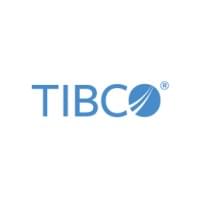
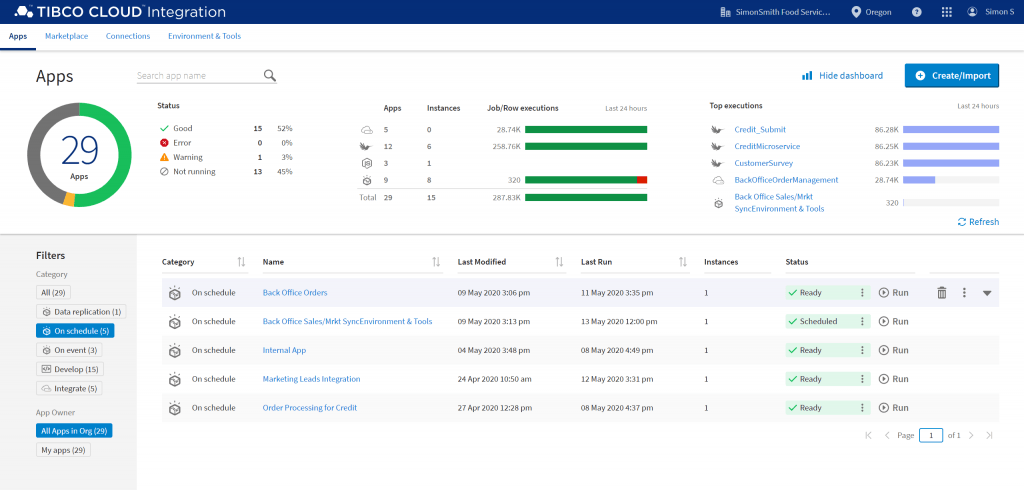
TIBCO Cloud API management (formerly Mashery) is designed to support organizations in maximizing the business value of their APIs. Their software can be deployed anywhere and allows for the deployment of API-led microservices through their cloud-native design.
Users can design, test, develop, and manage their APIs with the management software solution to discover the full potential of their API products. The platform enables users to build and connect their APIs using Open API (OAS), GraphQL, gRPC, or AsyncAPI. In addition, with the visual modeling features, users can create flows between data sources and discover and access business data through their APIs.
Additionally, users can configure API products and cloud-native microservices for reuse across all supporting TIBCO Cloud capabilities like integration, automation, data virtualization, and analytics. This aspect enables users to gain the most from their TIBCO API management solution by connecting their organizational efforts with a variety of digital services.
TIBCO pros
- Cloud-native design
- Event-driven API creation
- Internal service registry to share, discover, and re-use API assets
- End-to-end service chain observability
TIBCO cons
- Nonintuitive UI
- Limited integration options
- No built-in support JWT token API security
TIBCO key features
- Automated API flow: An especially advantageous aspect of the TIBCO cloud API management platform is that users can create automated API flows between their applications and servers and develop event-driven API products.
- Visual API modeling: The visual API modeling experience is a codeless API creation environment for generating OpenAPI and AsyncAPI documents. Users can also create mock implementations of their APIs within the visual modeling interface to test the behavior of their APIs with modern CI/CD practices before deployment.
Choosing the Best API Management Software
To find the right provider for your API management software, you should start by determining the top features that will be the most valuable to your organization’s needs. Then, by identifying and creating a list of the essential components for your organization’s API management, you can determine which vendors provide software that would suit your organization.
Once you have discovered which vendors provide software that checks off your necessary boxes, you can narrow down the best tool for the job. If you find yourself stuck between two comparable vendors, it may be helpful to read up on user reviews, case studies, and testimonials to give you a better idea of what you can expect from the company’s services.
Finally, testing a software solution is one of the best ways to see if it is suitable for your needs. Many solutions provide free trials of their services to potential customers, which can allow you to experience the software features and user interface firsthand.
Looking for the latest in API Management solutions? Check out our API Management Software Buyer’s Guide.
